Seeds are the reproductive system of spermatophytes (seed plants) and play an important role in the continuation of species. Seeds carry the complete genetic information necessary for germination, flowering, or growth into 100-meter trees. Seeds come in different shapes but are usually teeny-tiny, and the details can not be spotted by bare eyes, hence, in agricultural labs and botanical labs, microscopes are necessary equipment for many genetic experiments involving seeds. Nowadays, microscopes can do not only magnification but also fluorescence, polarizing, etc. Seeds display differently under different microscopes, so let’s see what seeds look like under different microscopes.
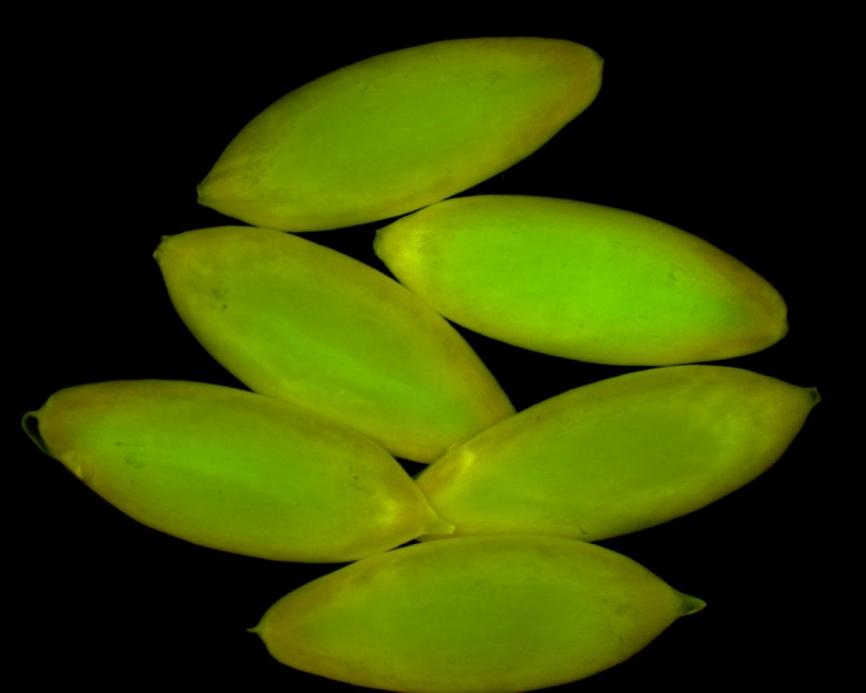
Transgenic cucumber seeds
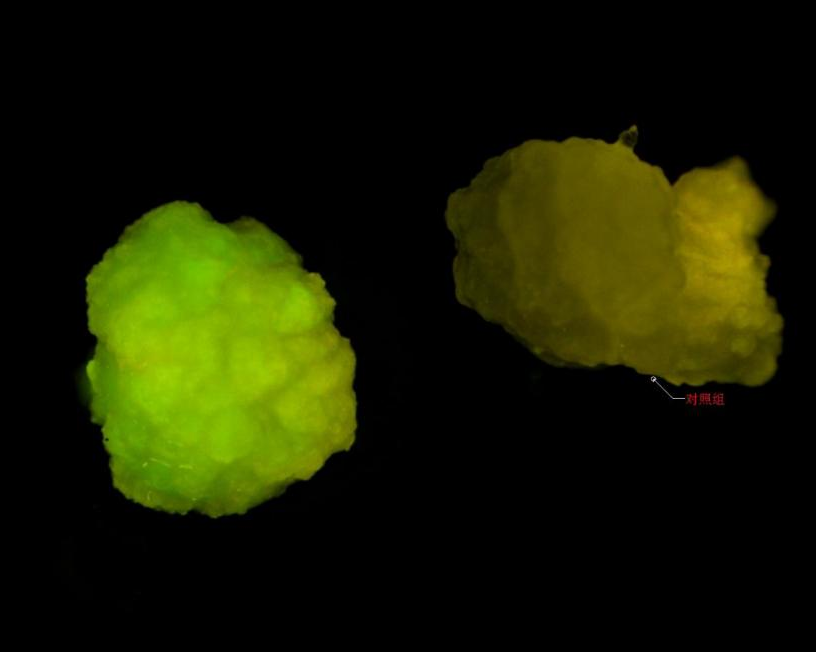
GFP-tagged seeds
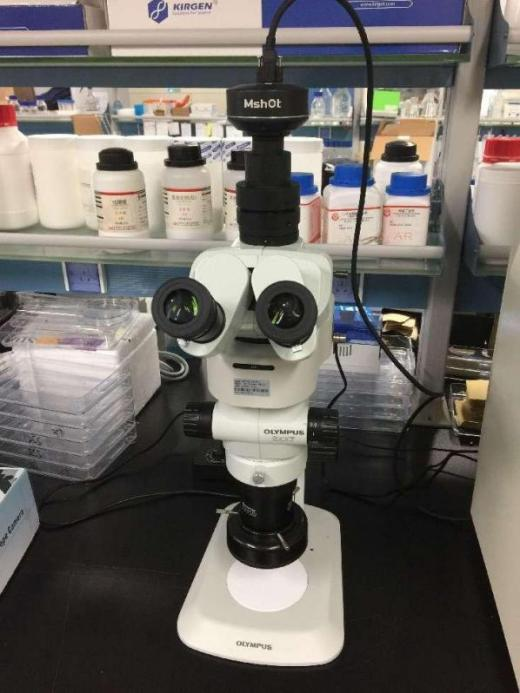
Designed with inan finite light path and dual LED fluorescence light path, the zoom stereo fluorescence microscope MZX81 is optimal for researchers in the industries of animal live image, nematodes, drosophila, zebrafish, and embryos. MZX81 is widely used in biomedical, metrology, judicial investigation, mineral research, etc.

Polarizing microscope helps to observe the fuzz on wheat seeds
Polarizing microscope is used to study anisotropic materials, and it has important applications in geology and other science and Engineering industries. Seeds with birefringence can be distinguished clearly under polarizing microscopes, especially when the seeds can not be stained, polarizing is more suitable.
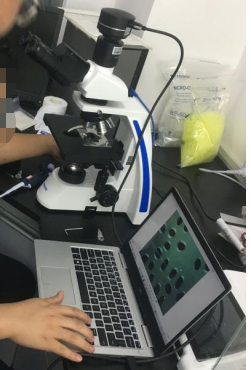
Polarizing microscope Ml31-P
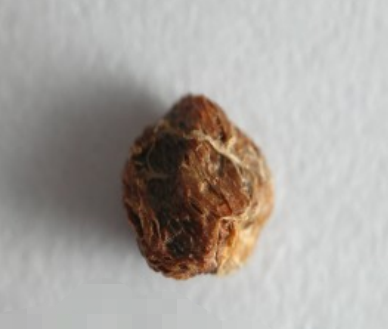
Amomum vulgaris seeds
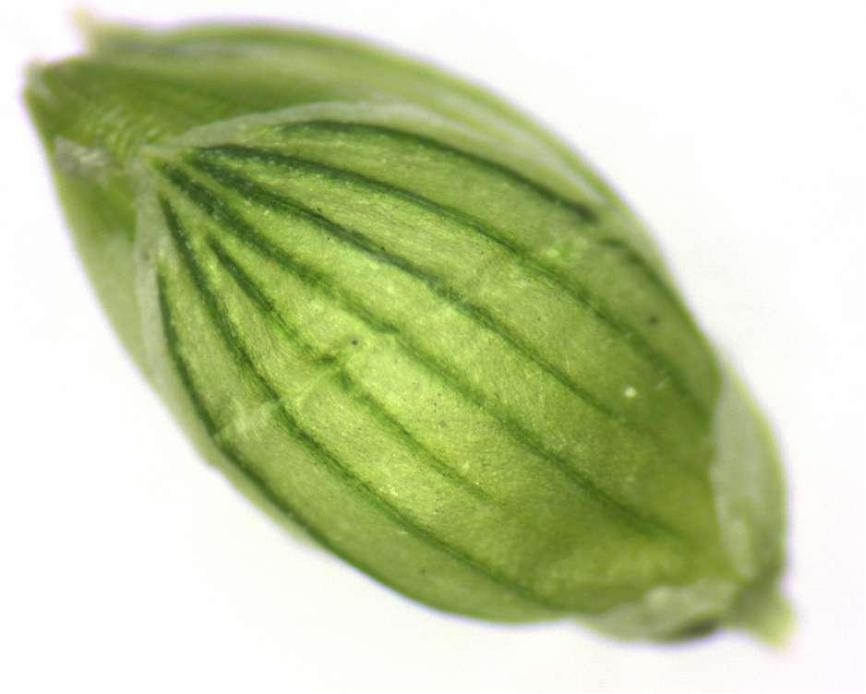
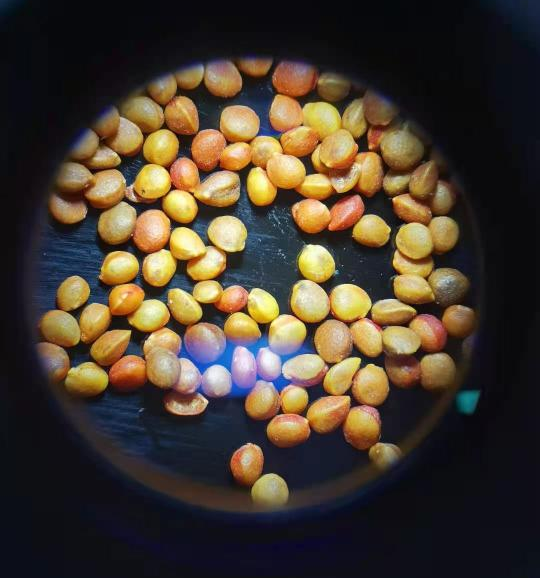
Seeds of other plants
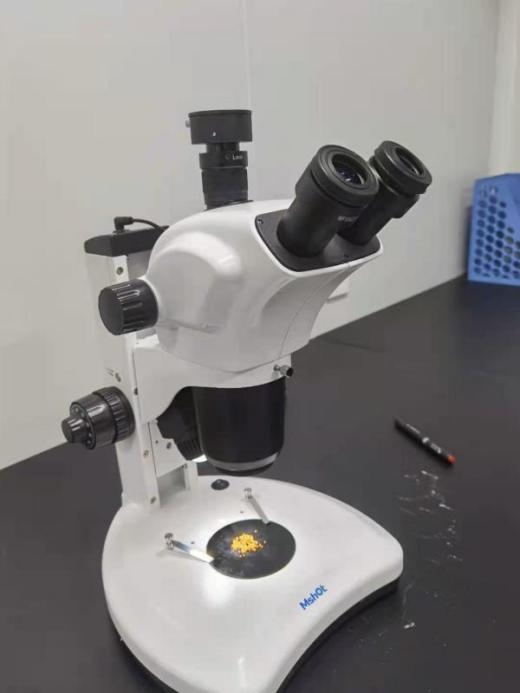
MSHOT zoom stereo microscope MZX101 is used in the fields of routine biomedical testing, scientific research and industrial testing. Samples can be observed from different angles without processing.
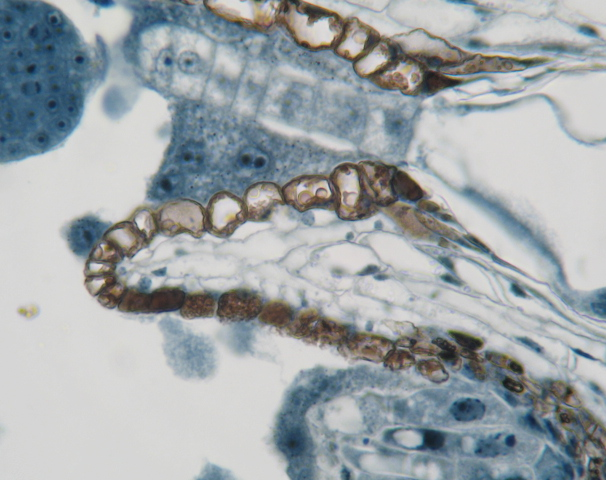
Seed germs

Biological microscope ML31 is used to observe transparent slides such as slides, cells, bacteria and issues. With plan achromatic objectives, wide field of view, cold LED light, ML31 maintains high performance even after a long time using.